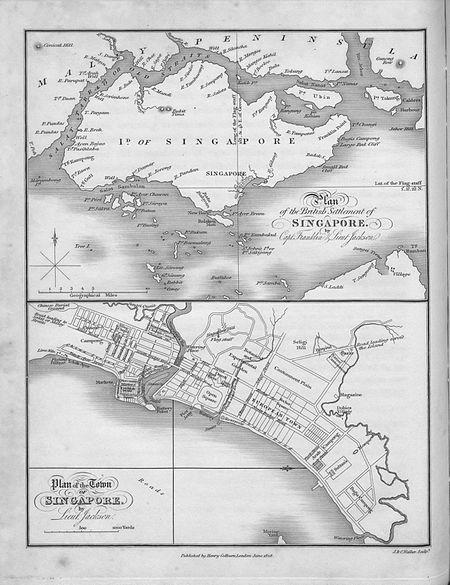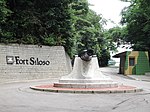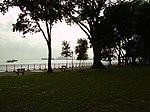Laju incident
1973 crimes in Norway1974 crimes in SingaporeActs of piracyCommunist terrorist incidents in AsiaHijacking ... and 10 more
Hostage takingJanuary 1974 events in AsiaJapanese Red ArmyJapan–Norway relationsJapan–Singapore relationsPopular Front for the Liberation of Palestine attacksTerrorism in JapanTerrorist incidents in Asia in 1974Terrorist incidents in NorwayTerrorist incidents in Singapore

The Laju incident, also known as the Laju ferry hijacking, occurred on 31 January 1974 in Singapore. Four armed men from the terrorist groups Japanese Red Army and Popular Front for the Liberation of Palestine attacked the Shell oil refinery complex on Pulau Bukom and later hijacked the ferryboat Laju and took its five crew members hostage. The crisis was resolved after the Singapore government provided the terrorists safe passage to the Middle East in exchange for the release of the hostages.
Excerpt from the Wikipedia article Laju incident (License: CC BY-SA 3.0, Authors, Images).Laju incident
Pasir Panjang Terminal Avenue 8, Singapore Queenstown
Geographical coordinates (GPS) Address Nearby Places Show on map
Geographical coordinates (GPS)
| Latitude | Longitude |
|---|---|
| N 1.2284 ° | E 103.7664 ° |
Address
Pasir Panjang Terminal Avenue 8
117404 Singapore, Queenstown
Singapore
Open on Google Maps






